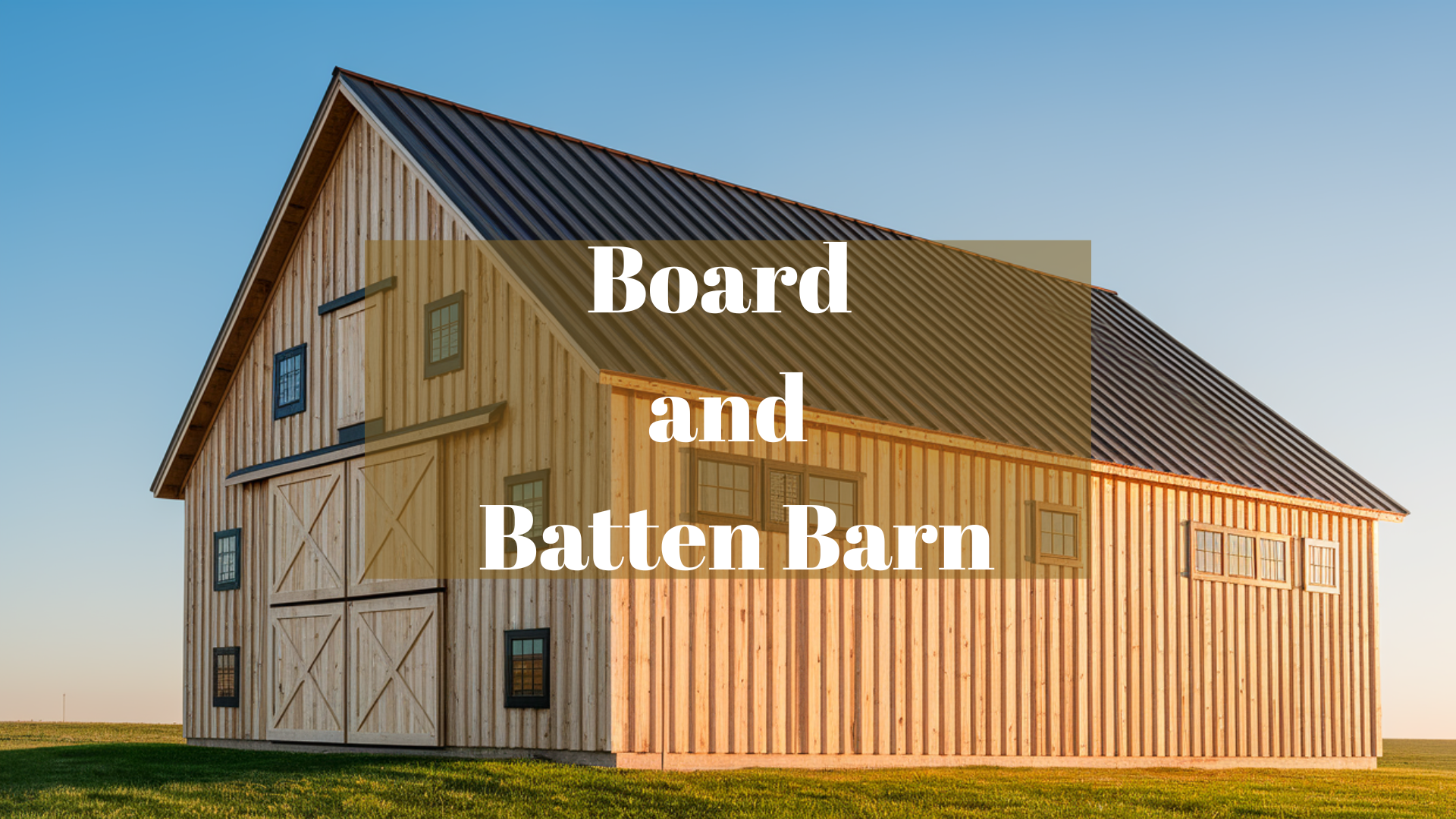Restoration vs. Renovation: Choosing the Right Path
Restoration and renovation are two terms that are often used interchangeably, but they actually have distinct differences.
Restoration refers to the process of returning a building or space to its original state, while renovation involves making improvements or updates to a structure.
Understanding the difference between these two approaches is crucial when deciding which path to take for your project.
Core Talking Points
- Restoration involves returning a building or space to its original state, while renovation involves making improvements or updates.
- You must consider your goals and needs to determine whether restoration or renovation is the best choice.
- Understanding the differences between restoration and renovation can help you make an informed decision about which path to take for your project.
Choosing Between Restoration and Renovation
When it comes to deciding between restoration and renovation, you must evaluate the scope of your project to determine the best path forward. The decision will also depend on a combination of regulatory considerations, personal preference, and value.
Assessing the Current State
Before deciding whether to restore or renovate, it is important to assess the current state of your property. This includes identifying any damage or deterioration that may have occurred over time.
Restoration is typically the best approach for properties that have suffered significant damage or deterioration, as it aims to bring the property back to its original state. Renovation, on the other hand, is better suited for properties that are in good condition but may require some updates or improvements.
Goals and Budget
Another important factor to consider is your goals and budget. Restoration can be a more expensive option, as it often requires specialized skills and materials.
Renovation, on the other hand, can be a more cost-effective option, as it allows for more flexibility in terms of design and materials. It is important to set a realistic budget for your project and to prioritize your goals accordingly.
Regulatory Considerations
Regulatory considerations are an important factor to consider when choosing between restoration and renovation. Depending on the location and nature of the property, there may be legal requirements that dictate the type of work that can be done.
For example, if the property is a historical landmark, there may be restrictions on the types of materials that can be used and the extent of the changes that can be made. It is important to research and understand the regulations that apply to the property before making a decision.
Best Practices for Restoration and Renovation
Working with Professionals
When it comes to restoration and renovation, it’s essential to work with professionals who have experience in the field. These professionals can help guide you through the process, provide insight into what is possible, and ensure that the work is done correctly.
One of the first steps in working with professionals is to do your research and find a reputable company or individual with a proven track record. Look for someone with experience working on similar projects and can provide references or testimonials from previous clients.
Take your time to research. If you live in South Florida, for example, google “the best restoration services in South Florida” to find out which service providers are the best in the business.
Once you’ve found a professional you’d like to work with, it’s important to communicate your goals and expectations clearly. This includes setting a budget, discussing timelines, and outlining any specific requirements you may have.
Sustainability and Efficiency
Another important aspect of restoration and renovation is sustainability and efficiency. This involves using materials and methods that are environmentally friendly and energy-efficient.
When selecting materials, it’s essential to consider their impact on the environment. This includes things like the amount of waste generated during production, the carbon footprint of transportation, and the potential for recycling or reuse.
Efficiency is also crucial, as it can help reduce energy costs and minimize waste. This includes things like using energy-efficient appliances, installing insulation, and using renewable energy sources like solar or wind power.
By incorporating sustainable and efficient practices into your restoration or renovation project, you can not only reduce your impact on the environment but also save money in the long run.
Frequently Asked Questions
What distinguishes building restoration from building renovation?
Building restoration aims to maintain a structure’s historical and architectural authenticity by closely returning it to its original state using original materials and methods. Building renovation, nonetheless, concentrates on updating and improving a structure’s existing components, mainly for modernizing purposes.
How does renovation differ from remodeling in the context of home improvement?
Renovation and remodeling are commonly thought of as synonyms, but they convey distinct meanings. Renovation updates an existing space by making some changes to its core structure, while remodeling means a complete overhaul of the area.
What are the key factors to consider when choosing between repair and renovation?
When deciding between repair and renovation, it’s important to consider the extent of the damage, the age and condition of the building, and the overall goals for the space.
If the damage is minor and the building is in good condition, repairs may be sufficient. However, if the damage is extensive or the building is outdated, renovation may be necessary to improve functionality and modernize the space.
Can you provide examples of when a building would require renovation rather than restoration?
A building may require renovation rather than restoration when the original features are not significant or when the building’s function needs to be updated. For example, a historic home may have original crown molding that is not significant enough to warrant restoration, but the kitchen and bathrooms may need to be updated to meet modern standards.
In what scenarios is it more appropriate to rebuild rather than renovate or restore an old house?
Rebuilding is often necessary when a building has suffered extensive damage, such as from a fire or natural disaster. It may also be more appropriate to rebuild if the building is in poor condition and restoration or renovation would be too costly or impractical.
What does it mean to refurbish a space, and how does it contrast with renovation?
Refurbishing is done to augment the aesthetics of a property and add to its value, while renovation primarily focuses on restoring functionality. For example, a damaged roof in a building would need renovation, but installing modern light fixtures in your bedroom would be a refurbishment project.
Final Words
Picking between restoration and renovation might feel like diving into a maze, but grasping the nuances between these methods can lead you to the right decision. Whether you’re working with a historic building or simply looking to update your home, taking the time to consider your options can help ensure that you achieve the results you’re looking for.







